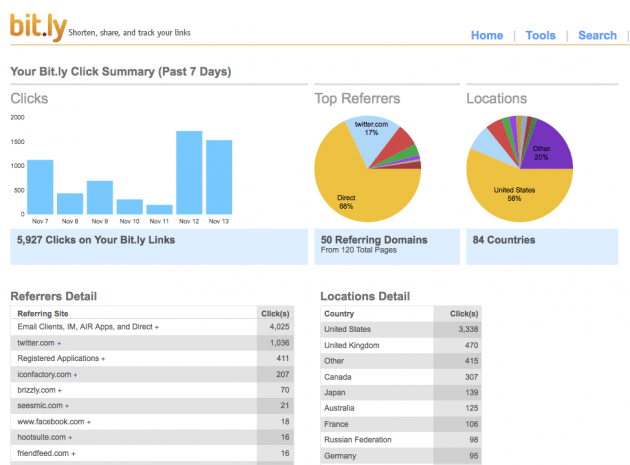Crisis management for social media is challenging due to the nature of how the social web works. Now, iInformation on the internet can be spread quick and go viral within minutes between networks. Companies must always be aware of their online communities and manage issues real-time. Not being able to react quickly or ignoring issues on the web can cause further damage to a company's reputation and brand.
(image source: http://oursocialtimes.com/index.php/2012/10/kitchenaidusa-handling-a-twitter-crisis/)
An example of a social media crisis was during the US elections, a staff member of KitchenAid (twitter handle @KitchenAidUSA) accidentally tweeted an inappropriate message relating to President Obama from the KitchenAid account, thinking it was their personal account. It seems it is a common mistake with plenty of organizations (see other Twitter crises) who have community managers using a social media application on their mobile device or personal computer which is also hosting their company's account.
In the case of KitchenAid, immediate reaction to the crisis is imperative to save as much of their reputation as possible. The first step is to address the issue of the mistaken tweet. Never ignore a PR problem, it will only escalate if the public senses that the company does not care to correct their actions. Do not delete the original message, at least without addressing it first. Admit to the mistake and take ownership.
Secondly, reach out to all of those who are affected by it. Think about stakeholders in this situation - who are directly affected by the company's brand and reputation? Communicate a message acknowledging the problem and corrective actions that will be taken. This message should be communicated to the audience of the social media platform, in this case Twitter. It should also be communicated to the those directly affected, in this case President Obama. Lastly, reassurance KitchenAid's customers that the brand do care about their brand and strive to keep it a reputable brand.
Finally, I would suggest that those who are responsible for managing a social media community in the company should not host their personal and the company account on the same social media application for their mobile phones or on their personal computers at work. Due diligence must always be taken in the interest of the brand's reputation. There should be strict policies implemented in the organization regarding the use of social media that has links to the company's account.
These steps can avoid future crises, save KitchenAid's brand and retain their customer base.






